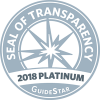
The Los Angeles County Regional Training Center is now:
The Regional Training Center
Course Summary
 Small Unmanned Aircraft Systems (sUAS) are powerful tools for first responders. However, nighttime operations add complexity that requires specific training and equipment. The FAA maintains that an “applicant must assure all required persons participating in the small unmanned aircraft operation have the knowledge to recognize and overcome visual illusions caused by darkness and understand physiological conditions which may degrade night vision.”
Small Unmanned Aircraft Systems (sUAS) are powerful tools for first responders. However, nighttime operations add complexity that requires specific training and equipment. The FAA maintains that an “applicant must assure all required persons participating in the small unmanned aircraft operation have the knowledge to recognize and overcome visual illusions caused by darkness and understand physiological conditions which may degrade night vision.”
In this course, students identify night visual illusions and the physiological degradation occurring in darkness, then develop mitigating strategies. Students use state-of-the-art equipment to perform nighttime UAS operations couched in reality-based public safety mission sets.
Students will:
- Explain the FAA requirements to operate a UAV in darkness
- Receive at least six hours as a member of a nighttime UAS flight crew
- Log at least two hours of flight time.
- Use thermal imagery equipped UAVs for nighttime operations
- Use Infrared equipped UAVs for nighttime operations
- Use white light equipped UAVs for nighttime operations
- Demonstrate support of nighttime public safety operations
- Understand the human physiological effects during night operations
- Identify visual illusions associated with night flying
- Develop techniques to mitigate the risks of night operations
- Examine equipment requirements for operating during hours of darkness
- Create risk mitigation strategies for night operations
Course Information
Part Number: NOP-21
Course Length: 2 days (16 hours)
Max Class Size: 15 students
Prerequisites: LACRTC 32-hour sUAS Operators Course, or 16-hour Basic Pilots Course, or equivalent training
Technical Level: Advanced sUAS Operators
Student Requirements: Twenty (20) hours of logged flight time
Recommended For: sUAS Operators and Supervisors / Tactical Teams
Notes: None
Course Presentation Requirements
- Classroom large enough to accommodate three groups of five students per table (recommended 6’ round tables)
- One six-foot standard rectangle banquet-style table with three chairs for instructors (located in the back of the room)
- One six-foot standard rectangle banquet-style table (located in the front of the classroom)
- Internet Access
- Podium (If available, not required)
- Audio, projector & screen or equivalent flatscreen TV system for presentations
- Securable room for equipment storage and charging 250-350 square feet (must have access to power)
- Class G airspace (or otherwise permissible to fly at night) with a minimum 200-foot ceiling
- Outdoor flying area
- Three flight zones approximately the size of a tennis or basketball court, one for each group or a cleared area approximately the size of a football field.
- Flat unobstructed area clear of trees and overhead power lines/obstacles
- All COVID-19 protocols, testing, cleaning, and supplies are the responsibility of the host agency.
Course Scheduling
 LACRTC, America’s leading Unmanned Aircraft Systems training innovator and largest certified California public safety trainer, is pleased to announce that they have partnered with Khepra Inc. to present their training courses through the U.S. General Services Administration (GSA) Federal Supply Schedule under Contract Number 47QTCA1800KZ. LACRTC courses can be found in Special Item Numbers 611512 (flight training).
LACRTC, America’s leading Unmanned Aircraft Systems training innovator and largest certified California public safety trainer, is pleased to announce that they have partnered with Khepra Inc. to present their training courses through the U.S. General Services Administration (GSA) Federal Supply Schedule under Contract Number 47QTCA1800KZ. LACRTC courses can be found in Special Item Numbers 611512 (flight training).
To schedule training:
John Laskowski
Khepra Inc.
(805) 914-5800
www.khepra.com
Mailing Address:
17595 Mt Herrmann St.
Fountain Valley CA 92708
office: (888) 782-4969
support@thertc.org
Search

© The Regional Training Center 2022